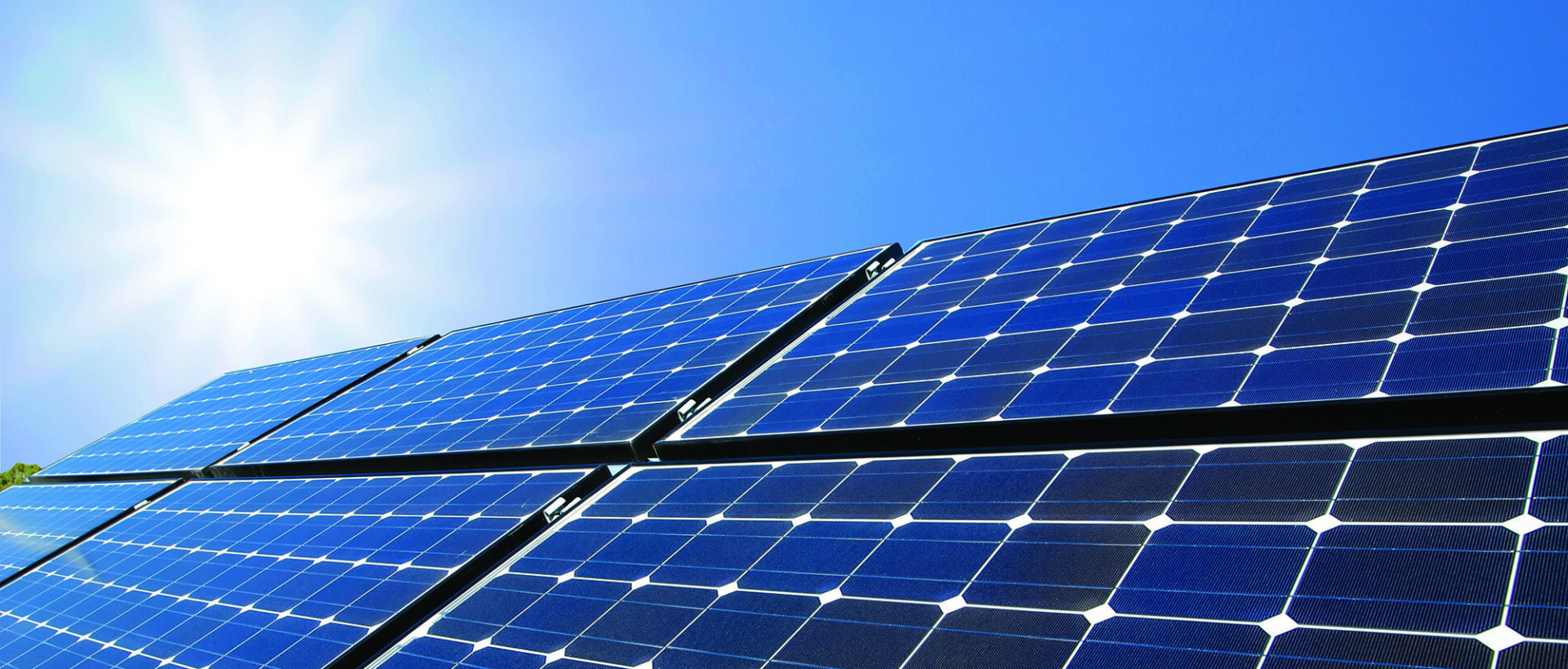Some 168 projects will be developed across 16 provinces free from central government subsidy. The fact the average capacity of such projects has tumbled indicates Beijing’s plan to accelerate the arrival of subsidy-free solar may be on track.
MAY 23, 2019 MAX HALL

From pv magazine global
With analysts predicting the finalization of China’s new solar policy would herald an explosion in new capacity figures in the world’s biggest PV market, the authorities on Monday revealed details of almost 15 GW of ‘grid parity’ projects.
However, with some of the schemes in the first batch of central subsidy free projects not expected to come online until 2020-2023, China-based agency the Asia Europe Clean Energy (Solar) Advisory (AECEA) has not revised its expectations of just 32-34 GW of new solar in the nation this year.
There are encouraging signs among the figures, though, with the average capacity of such grid parity schemes tumbling to just 90 MW. That is a result of tumbling module prices and the fact many schemes will be sited in areas with high electricity prices such as eastern coastal regions, according to AECEA.
The details released by China’s National Energy Administration and National Development and Reform Council reveal plans for 168 PV projects with a total generation capacity of 14.78 GW, plus a further 1.47 GW of “distributed trading pilot projects” and 4.51 GW of wind power schemes.
Delayed completion dates
The grid parity projects are not entirely free of public support as land use fees have been reduced or waived in several instances but none of the projects in question will receive cash subsidies from central government.
With the Chinese solar industry left in limbo since Beijing announced an intent to rein in solar subsidies almost a year ago, the central authorities announced earlier this year grid parity projects would be given priority when deciding which projects would be approved from now on. Subsidies will continue for now but with the authorities having issued guide price FIT levels for different regions of China, such schemes will be allocated under a reverse-bidding process linked to electricity tariffs developers will accept, with funding from a central pot.
The first batch of grid parity projects include a significant number of facilities that will not be connected to the grid this year, with completion dates stretching to the middle of next year, September 2020, early 2021 and – in the case of a 300 MW project in Guangxi autonomous province – 2023.
With the projects located across 16 provinces, Guangdong was the most popular location for developers, with some 2.38 GW of new capacity planned.

